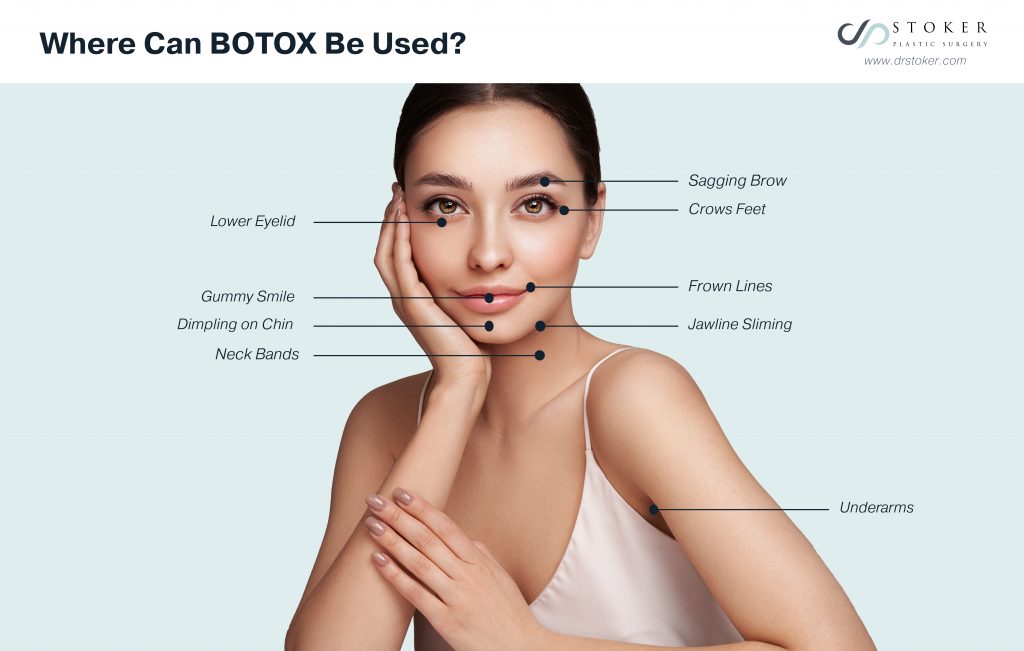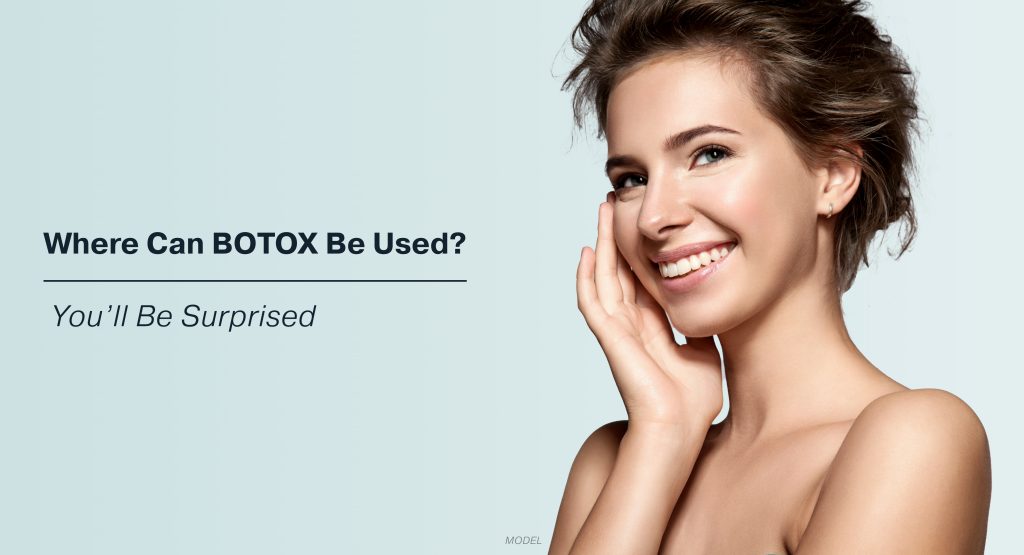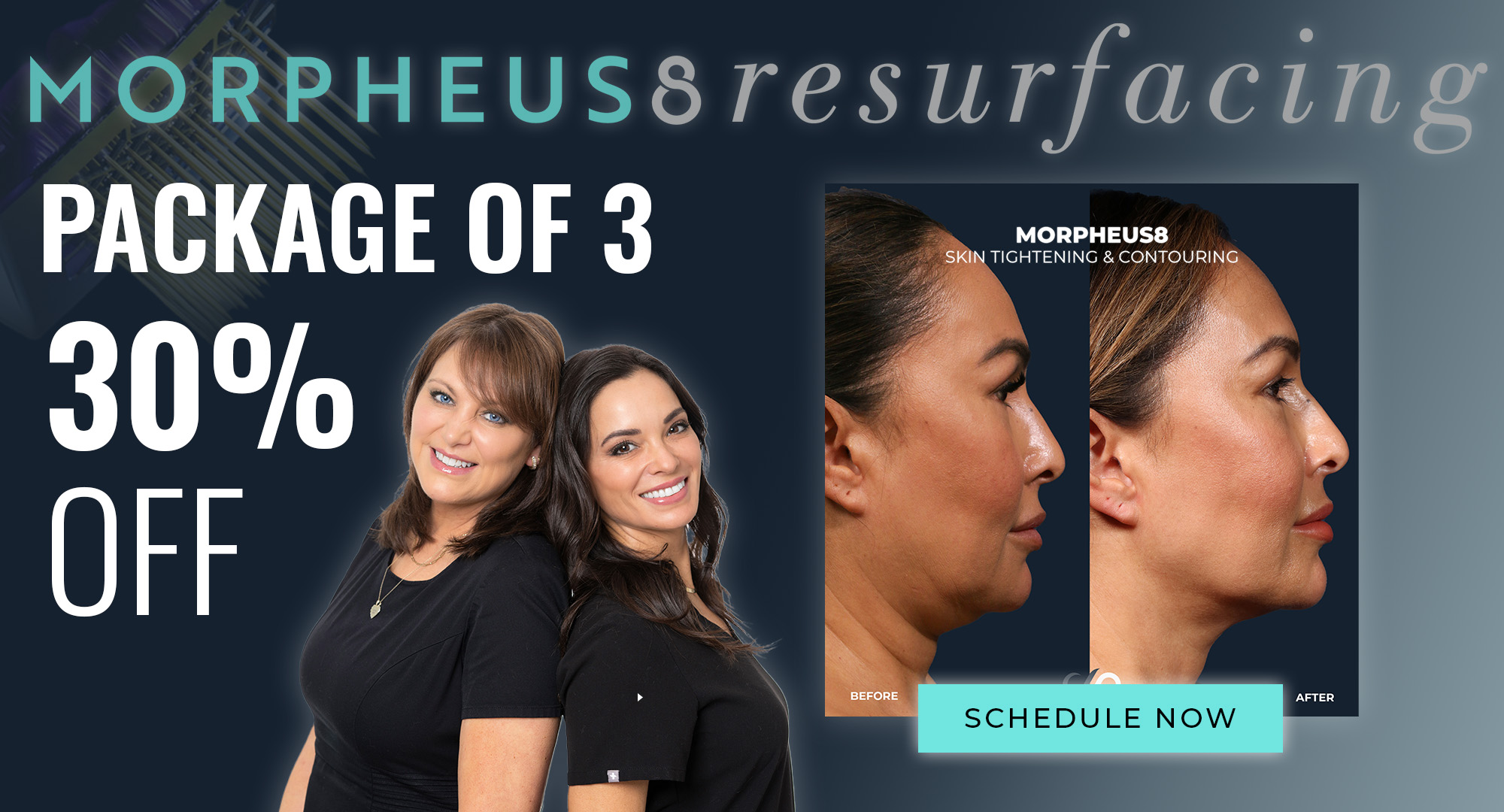Most people think of BOTOX injections at our Marina del Rey practice as a way to minimize crow’s feet, worry lines, and other wrinkles. That is certainly the primary reason it’s the most popular cosmetic procedure performed in the U.S. But the FDA-approved uses for BOTOX extend well beyond reducing wrinkles, and you may be surprised by what this remarkable drug can treat.
What Is BOTOX?
Before discussing the range of conditions that BOTOX can treat, it’s helpful to understand its history and how BOTOX works. Many people may not know that BOTOX is derived from a bacterium that is the most potent toxin known to man. One of the main effects of this bacterium, called Clostridium botulinum, is causing paralysis.
Rest assured, BOTOX is extremely safe since it contains a very small amount of the botulinum toxin. Complications with BOTOX are extremely rare when it’s administered by qualified injectors. Before it was approved for cosmetic use more than 20 years ago, BOTOX was used for a condition called strabismus (crossed eyes).
This medical use led to one of the most significant cosmetic treatments in history. BOTOX works by preventing nerves from transmitting signals to specific muscles so they can no longer move. Doctors using BOTOX to treat patients with crossed eyes noticed that the vertical lines between their eyes—”worry lines”—vanished. By the early 2000s, Allergan, the maker of BOTOX, received FDA approval for BOTOX Cosmetic.
The Many Uses of BOTOX
To understand the versatility of BOTOX, the first thing to know is that it always works the same way no matter where it’s used—it relaxes muscles and temporarily prevents them from moving. When precisely targeting muscles that create horizontal forehead wrinkles, the muscles relax, and the skin appears smoother.
It turns out that preventing muscle movement is an effective way to treat multiple conditions besides wrinkles. Here are 5 ways we use BOTOX that have nothing to do with facial wrinkles:
Brow lift: A surgical brow lift elevates sagging eyebrows and gives the patient a more alert and youthful appearance. Strategically injecting BOTOX into muscles that pull the brows down can produce a similar, although temporary, outcome. The arched brow shape has become especially popular in the past few years as celebrities post selfies displaying the results of their treatments.
Gummy smile correction: Patients who are self-conscious because their smiles reveal a significant amount of their upper gums can benefit from BOTOX injections. When a provider injects BOTOX between the upper lip and nose, it relaxes the muscles in the upper lip. That allows the upper lip to turn upward slightly so that more upper lip shows and most of the gums remain covered. You can see the results it creates in our patients’ BOTOX before and after pictures.
Jawline slimming: Women with square jawlines often have overdeveloped masseter muscles—the muscles used to chew food. BOTOX injections relax these muscles, creating a slimmer jawline with a desirable V shape. As with other BOTOX treatments, masseter reduction needs to be repeated every 3 to 6 months to maintain the results. This same procedure can also relieve the pain from nighttime teeth grinding, which is often caused by pressure from highly developed masseters.
Smoothing neck bands: Wrinkles aren’t the only signs of aging that BOTOX can treat. The development of age-related vertical neck cords and bands occurs when the platysma muscles weaken as we get older. Injecting BOTOX into these muscles helps them relax, and the bands or cords become less noticeable within a week of treatment.
Reducing excessive underarm sweat: Hyperhidrosis is a condition that affects both women and men, causing them to sweat excessively in the armpits even when they’re not physically active. Overactive sweat glands can be embarrassing in social and professional situations. It can also be costly because people who suffer from this condition often have to replace blouses or dress shirts. BOTOX injections are a nonsurgical alternative to removing the sweat glands under the arms.

Believe it or not, there are multiple other non-cosmetic conditions BOTOX injections can treat. For example, BOTOX is approved for the treatment of chronic migraine headaches. It’s believed that tiny muscles near the temples squeeze the nerves and cause migraines. BOTOX is also FDA approved for treating an overactive bladder and chronic spasms.
Another use for BOTOX that is getting a lot of attention but isn’t yet approved by the FDA is for the treatment of depression and anxiety. Encouraging research shows that BOTOX is an effective treatment for these conditions, especially among women.
If you have a cosmetic issue you think BOTOX can treat, request a consultation using our online form to discuss your concerns and see if BOTOX can help you. Or call us at (310) 300-1779 to schedule an appointment.


Leave a Reply